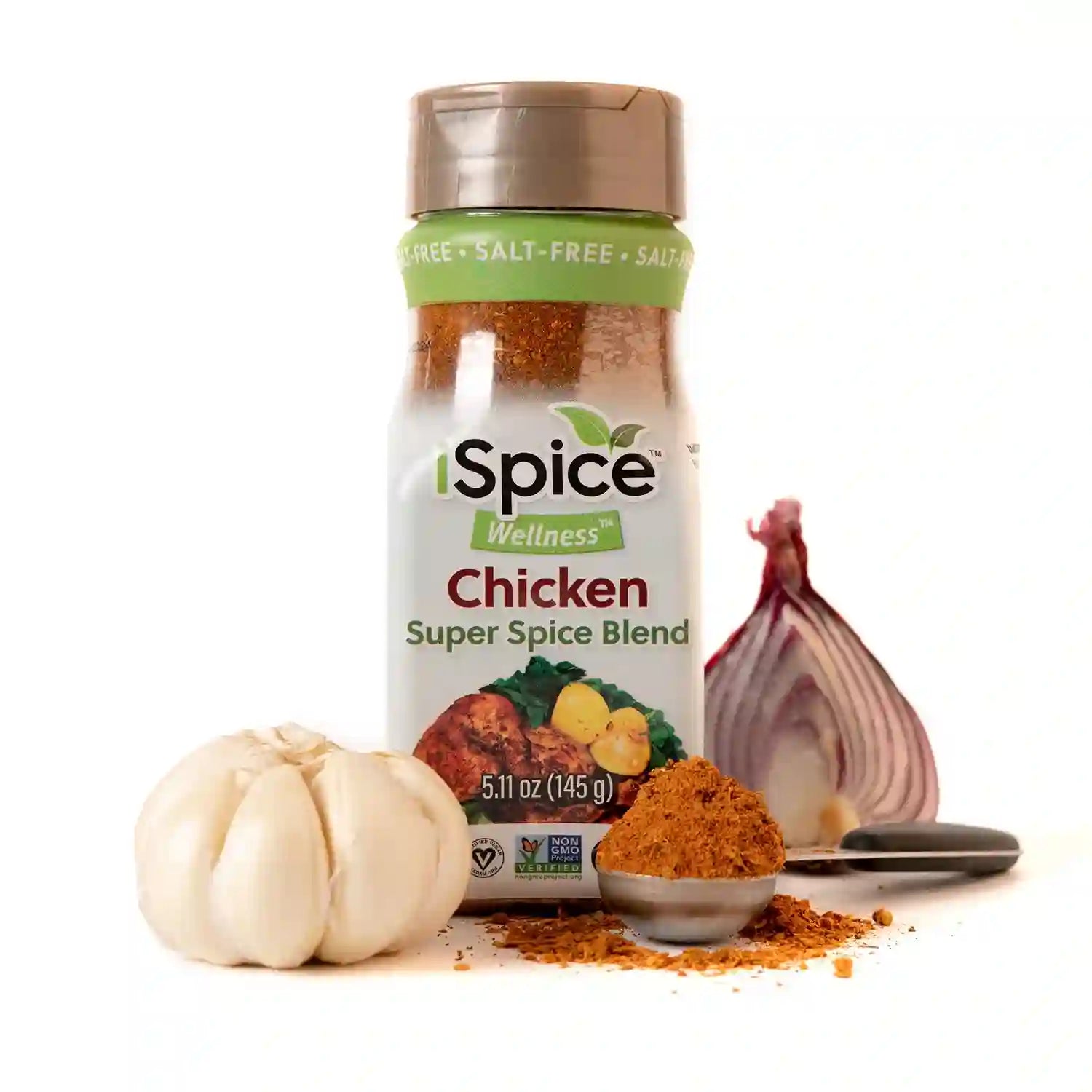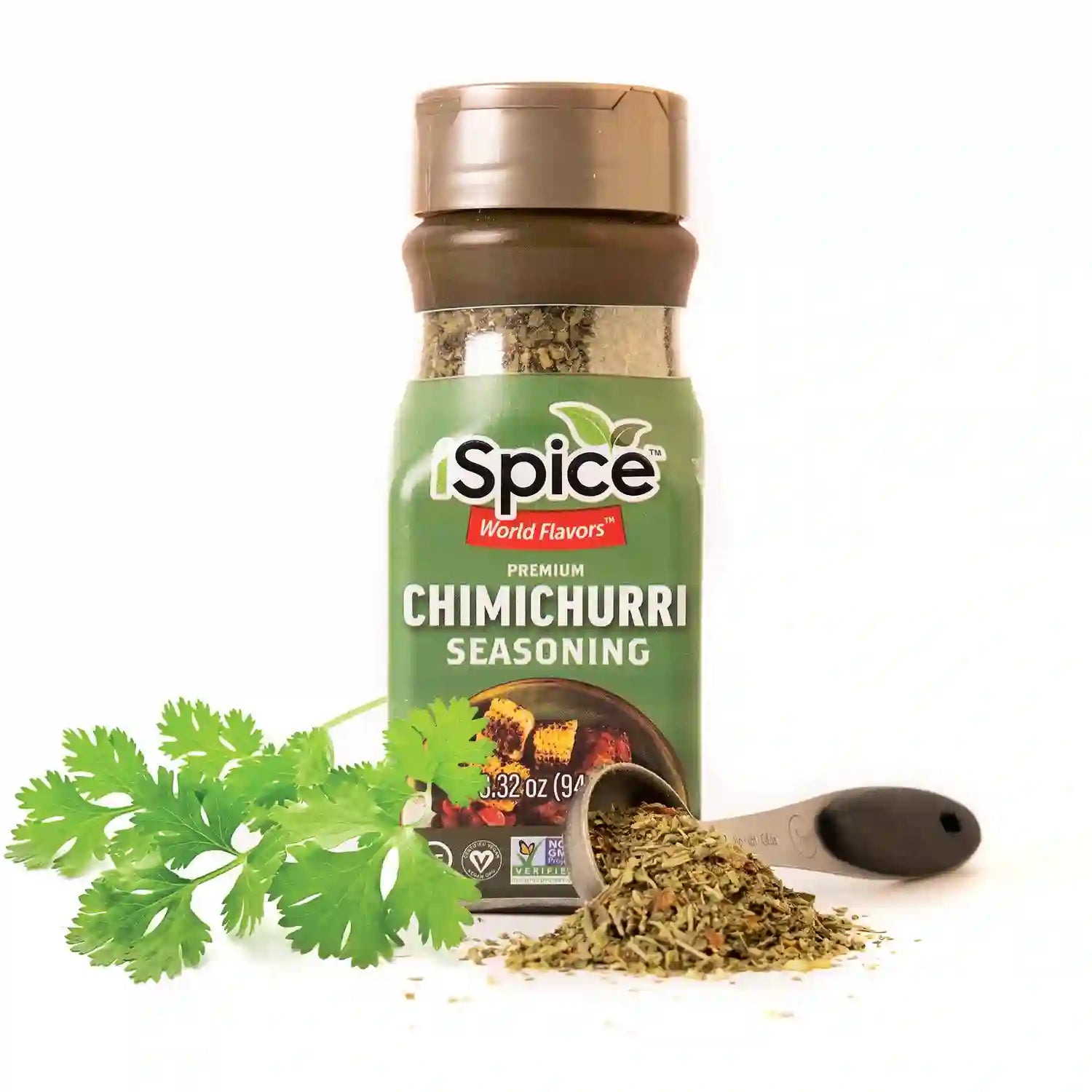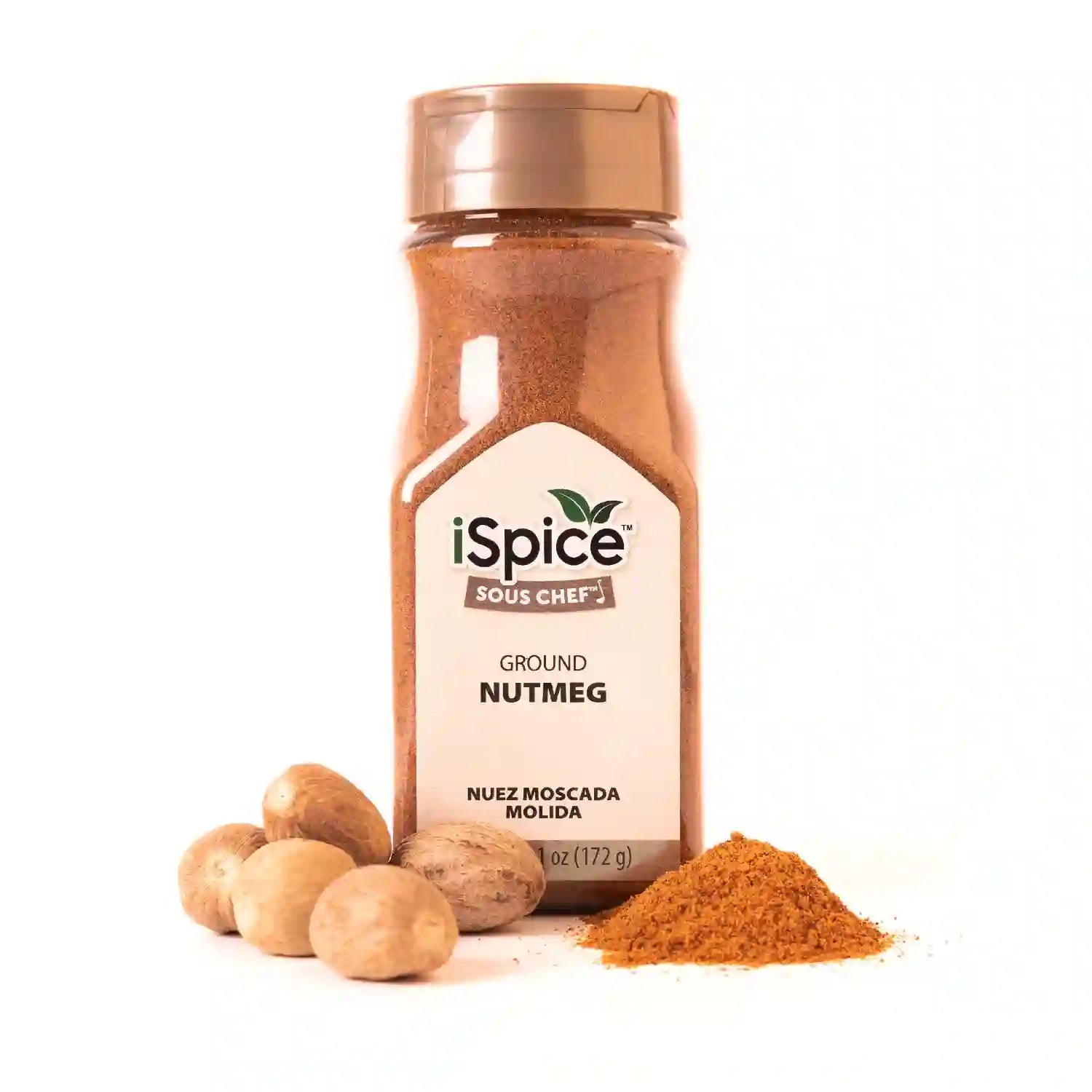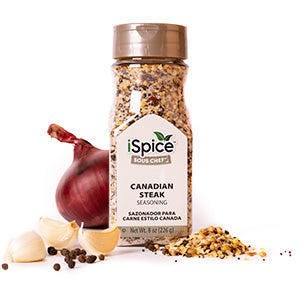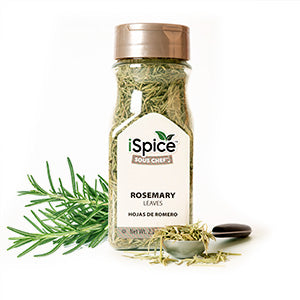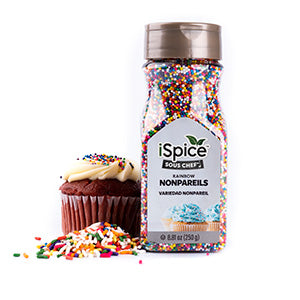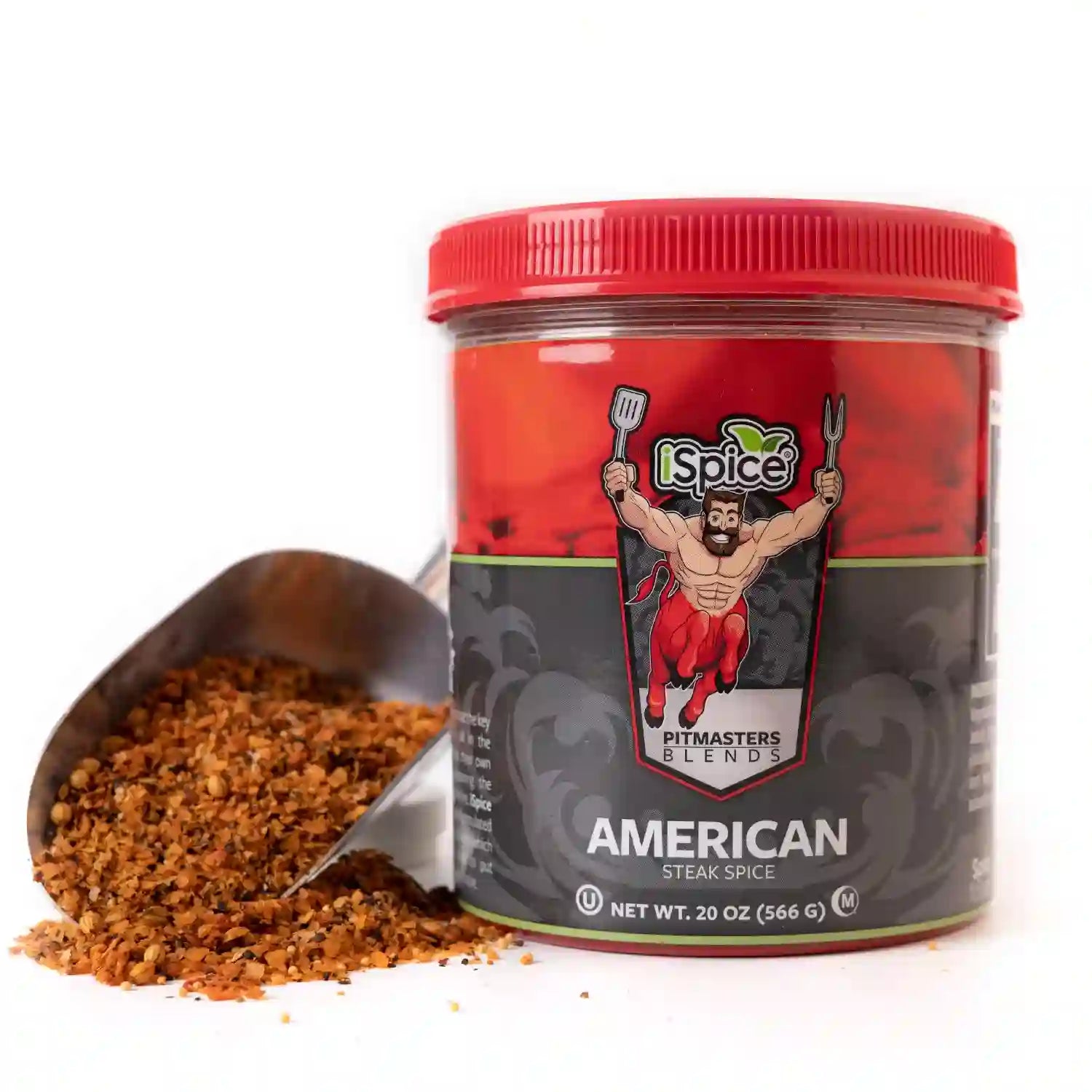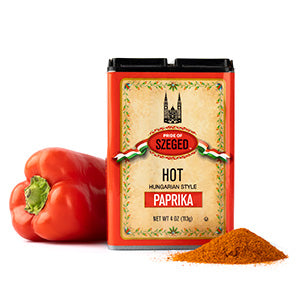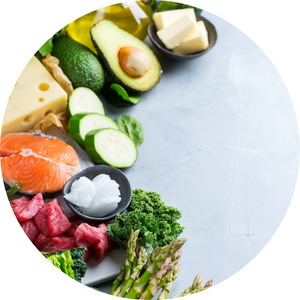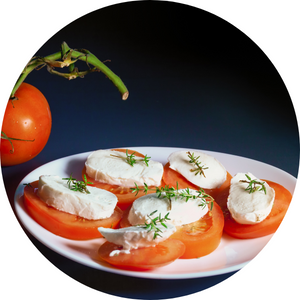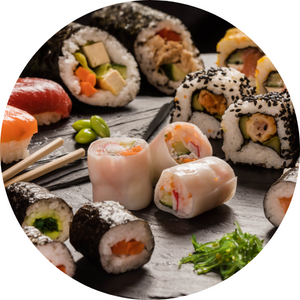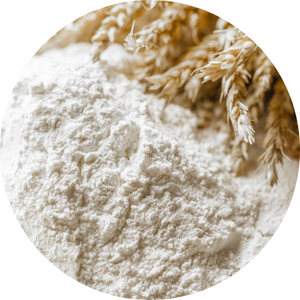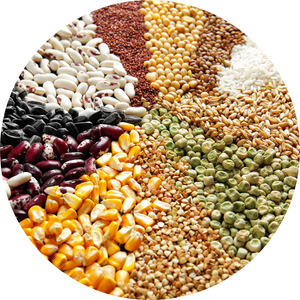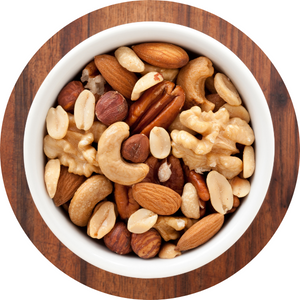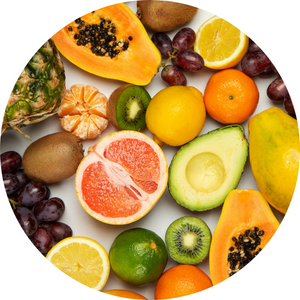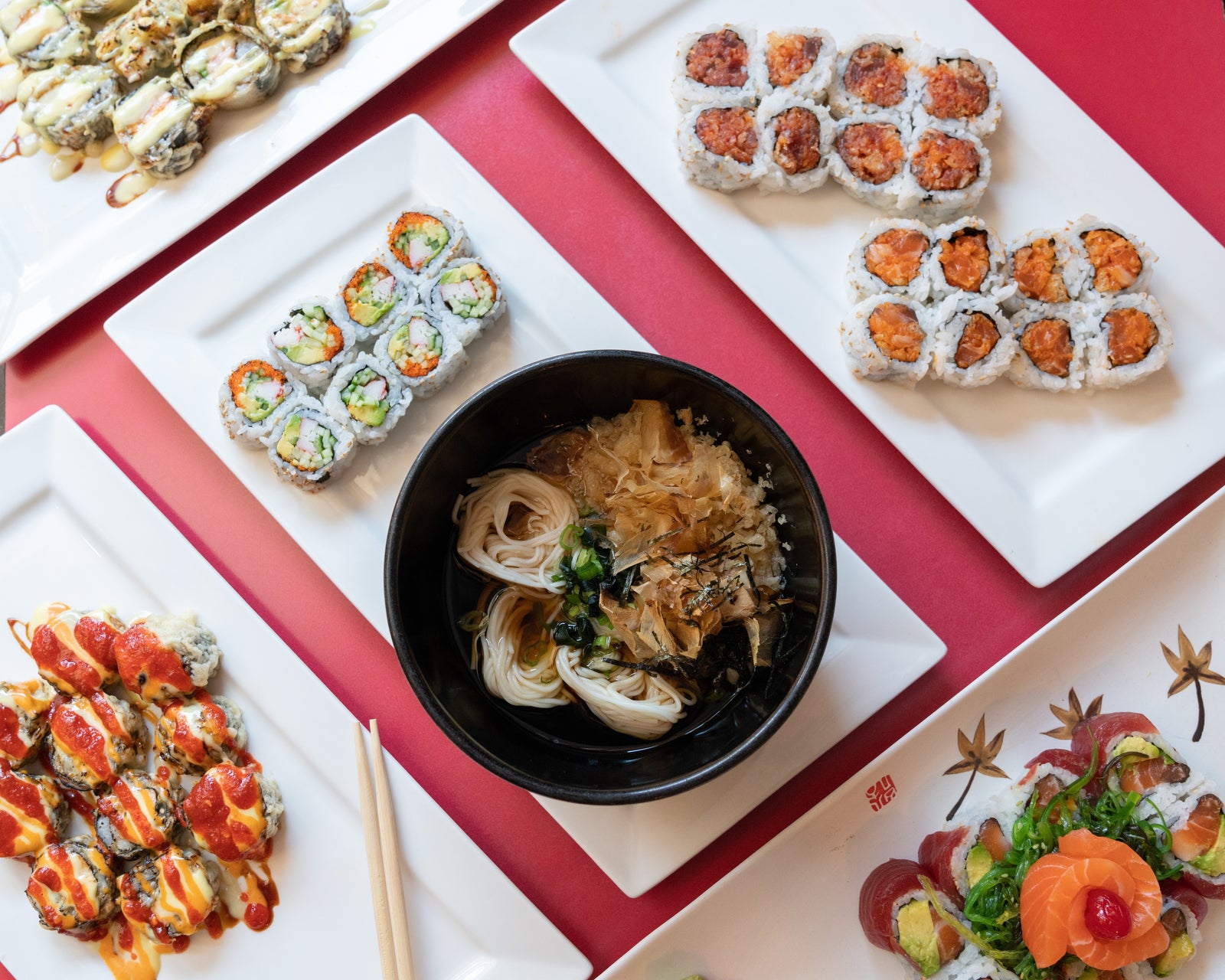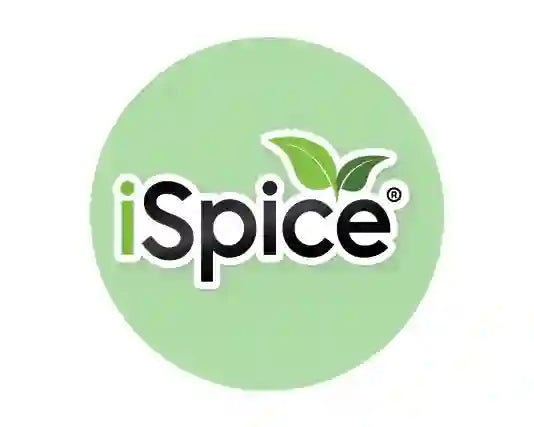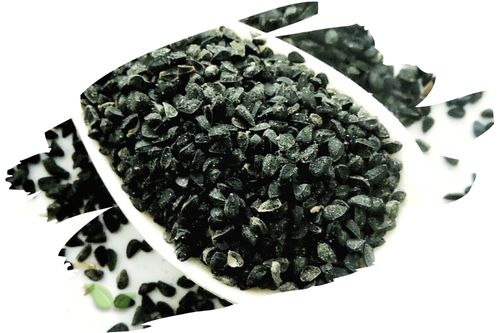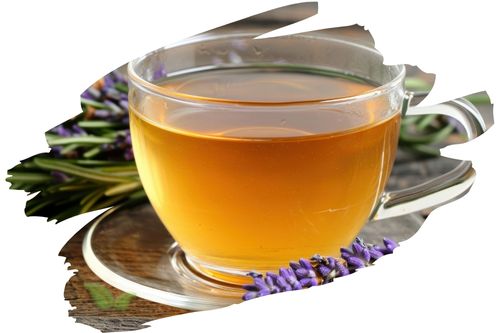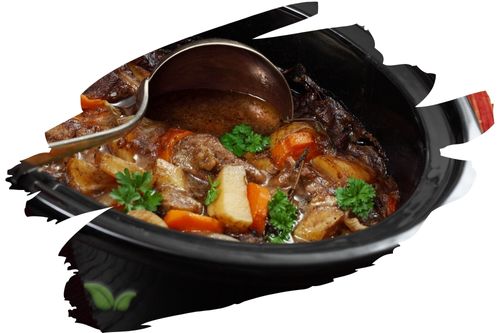
Introduction
Saffron and turmeric are both prized spices, each known for its distinctive flavor and vibrant color. Despite their differences, they share a place of honor in the world of culinary delights. Let's unravel the details of Saffron vs. Turmeric and discover what sets them apart.
Saffron vs. Turmeric
Flavor Profiles
Saffron: Saffron is celebrated for its delicate yet intense flavor profile. It offers a unique combination of floral, honey-like, and earthy notes. Saffron imparts a golden hue and a touch of elegance to dishes. This spice is a prized ingredient in Mediterranean, Middle Eastern, and Indian cuisines.
Turmeric: Turmeric boasts a warm, slightly bitter flavor with earthy undertones. It provides a golden color and a subtle peppery taste to dishes. Turmeric's flavor is often described as mildly spicy and is a staple in Indian, Southeast Asian, and Middle Eastern cuisines.
Culinary Uses
Saffron: Saffron is a spice of luxury, often used sparingly due to its high cost. It is a key ingredient in dishes like paella, biryani, and saffron-infused rice. Saffron threads are soaked in warm water or milk to release their vibrant color and flavor, which is then added to various recipes. It is also used in desserts like saffron-infused ice cream.
Turmeric: Turmeric is a versatile spice used in a wide range of savory dishes. It forms the base for curry powders and is a core ingredient in curry dishes. Turmeric is also used in marinades, rice preparations, and lentil dishes. Additionally, it is known for its role in pickles and chutneys, adding a touch of warmth and color.
FAQs
Q: Can I substitute saffron for turmeric in recipes? A: While both spices provide color, they have distinct flavors. Substituting saffron for turmeric or vice versa may change the flavor profile of your dish significantly.
Q: Are there any side effects of consuming these spices? A: Both saffron and turmeric are safe when used in culinary amounts. However, excessive consumption may lead to digestive discomfort or changes in taste perception.
Q: Can I use saffron in sweet dishes? A: Yes, saffron is used in various sweet dishes and desserts to enhance both flavor and color.
Q: Are there any cultural traditions associated with these spices? A: Yes, saffron and turmeric have cultural and ceremonial significance in many countries. They are often used in religious rituals, weddings, and festivals.
Q: What's the best way to store saffron and turmeric? A: Store saffron in an airtight container in a cool, dark place. Turmeric should also be stored in a sealed container away from light and moisture.
Conclusion
In the culinary battle of Saffron vs. Turmeric, both spices bring their unique flavors and colors to the forefront. Saffron offers a delicate and luxurious touch, perfect for special occasions and dishes, while turmeric provides warmth and depth to a wide range of savory creations.

